The Hidden Art of Morocco’s Streets
When you think of Morocco, your mind might wander to the bustling souks, intricate tilework, and vast desert landscapes. However, one of the country’s most fascinating visual spectacles often goes unnoticed—the graffiti and street art that decorate the walls of its cities and towns. From the vibrant alleys of Casablanca to the ancient medinas of Marrakech, Moroccan graffiti tells a story of identity, passion, and rebellion. For photographers exploring Morocco on a photo tour, capturing these striking murals can provide a fresh perspective on the country’s urban culture.

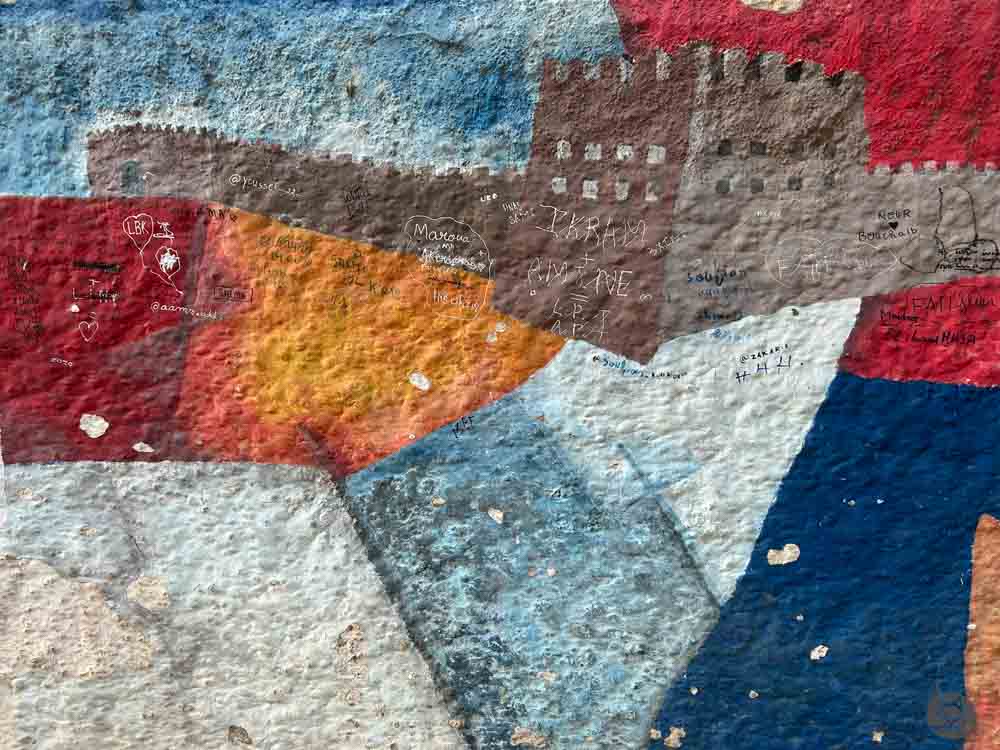
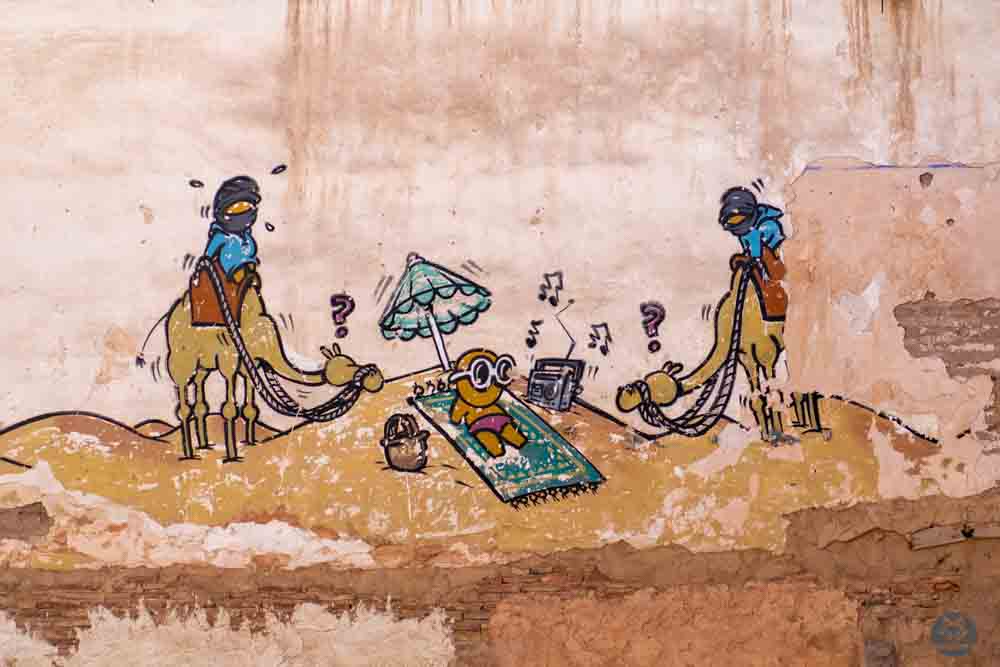

The Influence of Football Ultras on Moroccan Graffiti
One of the most prominent influences in Moroccan street art is the presence of football ultras. These passionate supporter groups, primarily associated with major clubs like Wydad AC and Raja Casablanca, use graffiti as a powerful medium to express their loyalty and social messages. Walking through the streets, you will encounter walls covered with club logos, slogans, and detailed portraits of legendary players. These artworks are not just decorations—they serve as a voice for the youth, reflecting their emotions, struggles, and aspirations.


In cities like Casablanca and Fes, entire neighborhoods are marked by graffiti dedicated to football culture. For street photographers, these murals create an incredible opportunity to document the intersection of sports, art, and urban life. The bold colors and intricate designs stand out against the weathered walls, offering dynamic compositions that highlight the spirit of Moroccan fan culture.

Political and Social Messages in Moroccan Street Art
Moroccan graffiti is not just about football culture—it is also a means of political and social commentary. In a country with a deep historical and cultural background, street artists use walls as their canvas to address issues like economic disparity, freedom of expression, and youth unemployment. Unlike the structured art found in traditional galleries, street art offers an unfiltered look into the concerns of Moroccan society.

Photographers visiting Morocco will often find thought-provoking murals in unexpected places. Whether tucked away in the medina or prominently displayed in a public square, these pieces challenge passersby to reflect on the changing dynamics of Moroccan culture. Some murals incorporate traditional Berber symbols, Arabic calligraphy, or contemporary motifs, blending past and present in a visually striking manner.

Where to Find the Best Graffiti in Morocco
If you’re planning a Moroccan photography tour, several cities offer outstanding locations for capturing graffiti:
- Casablanca – The epicenter of urban street art, especially around the Maarif district and near the stadiums where football ultra culture thrives.
- Marrakech – While known for its historic medina, some districts feature modern graffiti, particularly in the industrial areas.
- Rabat – The annual Jidar Street Art Festival transforms the city into an open-air gallery.
- Tangier – A melting pot of cultures, this port city boasts graffiti that blends Moroccan, European, and Arabic influences.
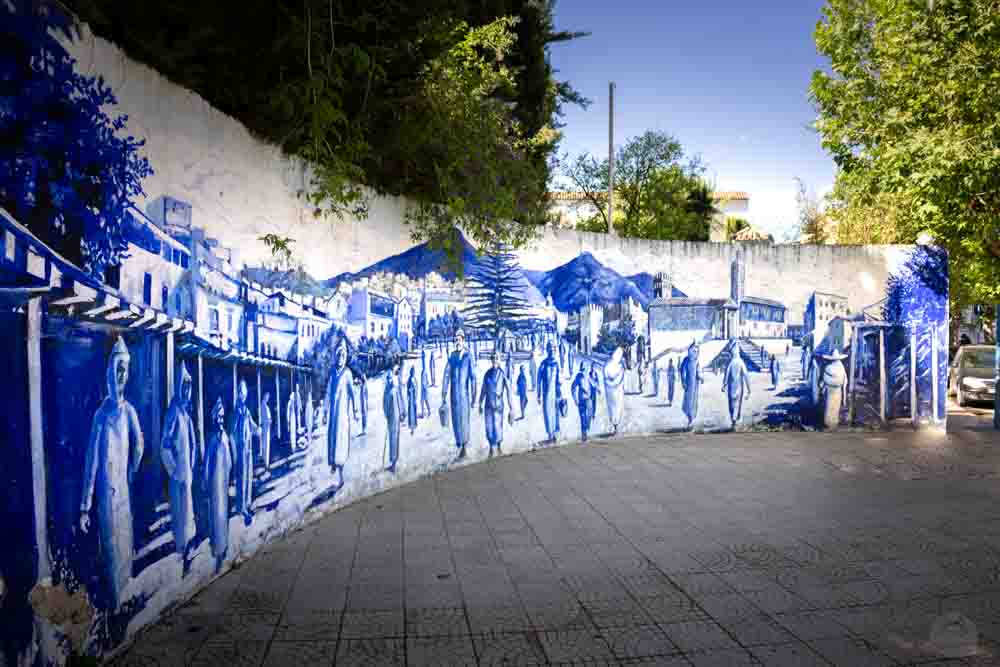
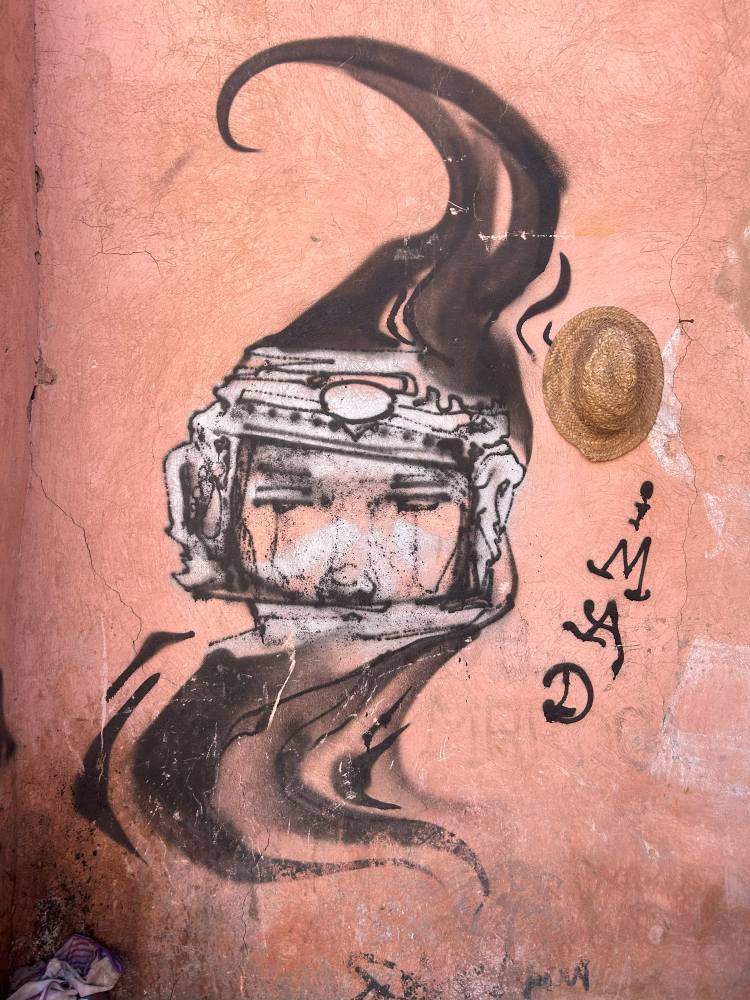
When embarking on a photo tour, these cities provide ample opportunities to document Morocco’s evolving artistic expressions. Whether you’re interested in the bold murals of football supporters or the intricate political statements hidden in alleyways, the graffiti scene is a rich subject for any street photographer.
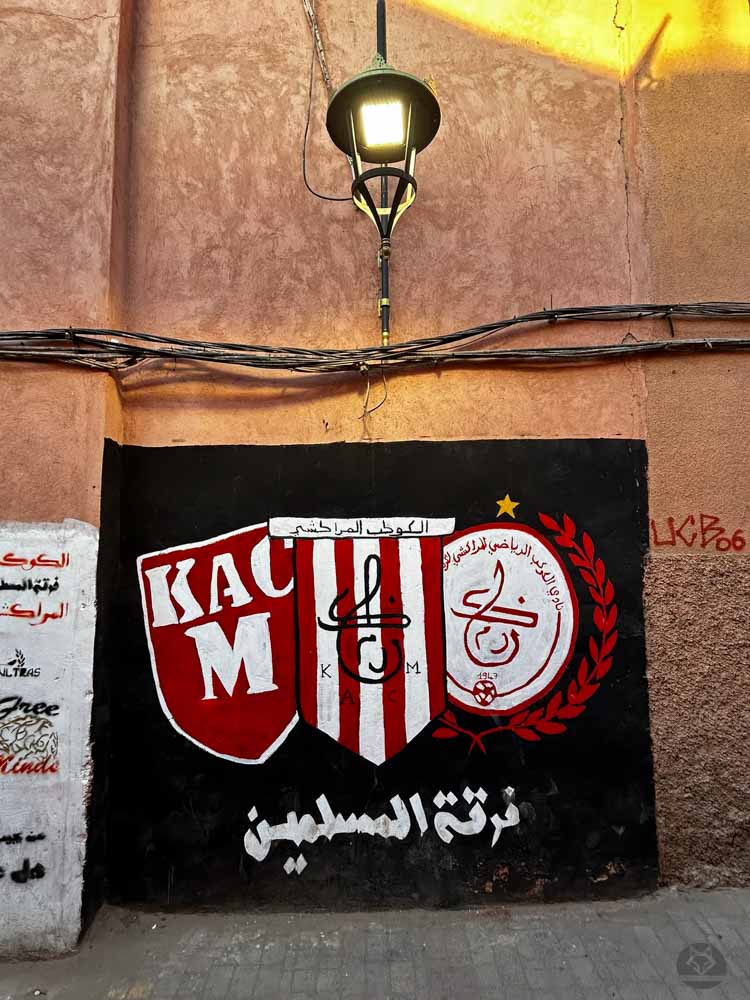

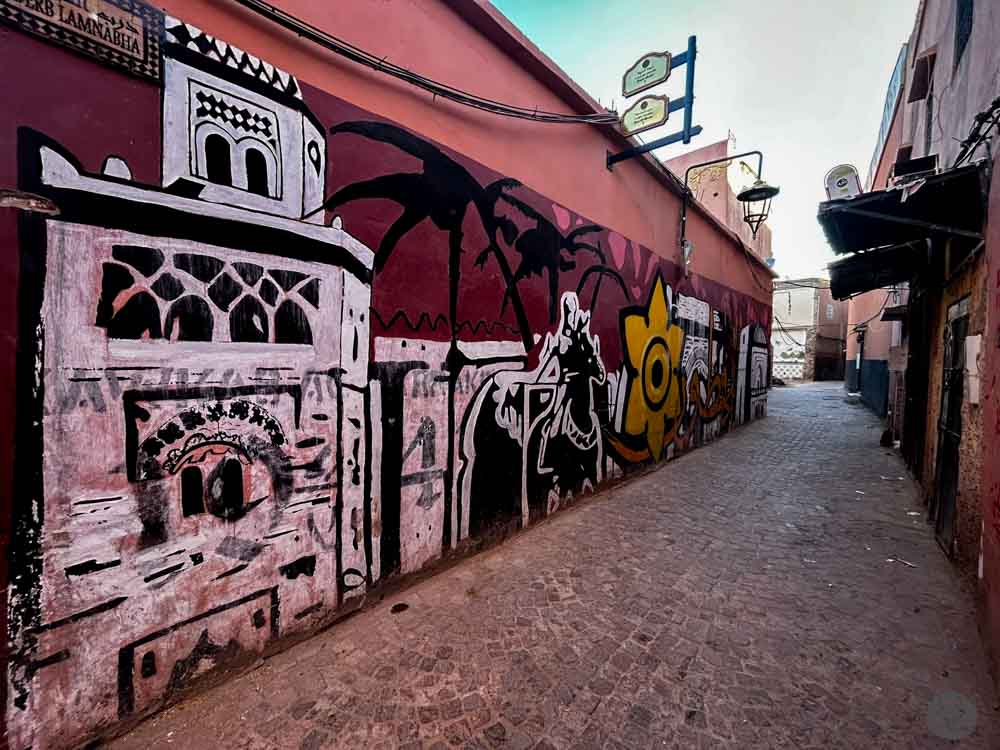
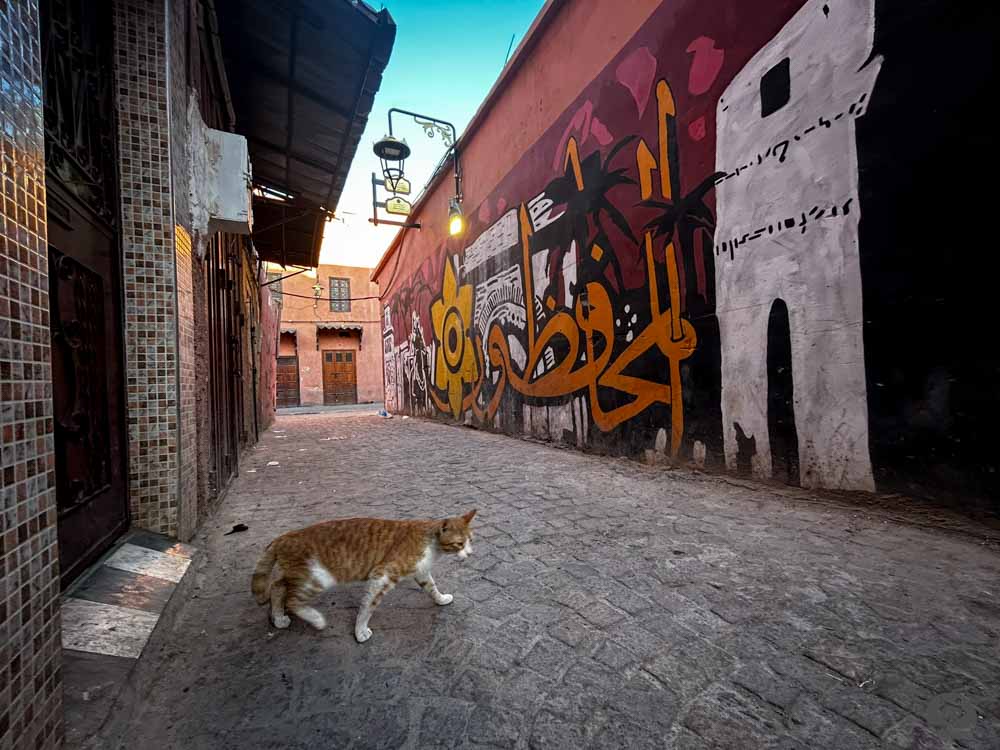

Tips for Photographing Moroccan Graffiti
To capture the essence of Moroccan street art, keep these tips in mind:
- Use natural light – Early morning or late afternoon light enhances the depth and texture of murals.
- Incorporate local elements – Framing a mural with traditional Moroccan architecture can add context to your photos.
- Look for interactions – Catching people walking by graffiti can create a powerful narrative.
- Experiment with angles – Low angles or wide shots can add drama to your compositions.

Conclusion
Morocco’s graffiti scene is an unexpected yet fascinating aspect of the country’s urban landscape. Whether influenced by passionate football ultras or driven by social activism, these street murals provide a unique artistic voice that deserves recognition. For those embarking on a Moroccan photo tour, discovering and capturing these hidden gems can lead to an unforgettable visual storytelling experience.
So next time you wander through Morocco’s streets with your camera, don’t just look for the traditional beauty—turn your lens towards the walls and uncover the vibrant world of Moroccan graffiti.